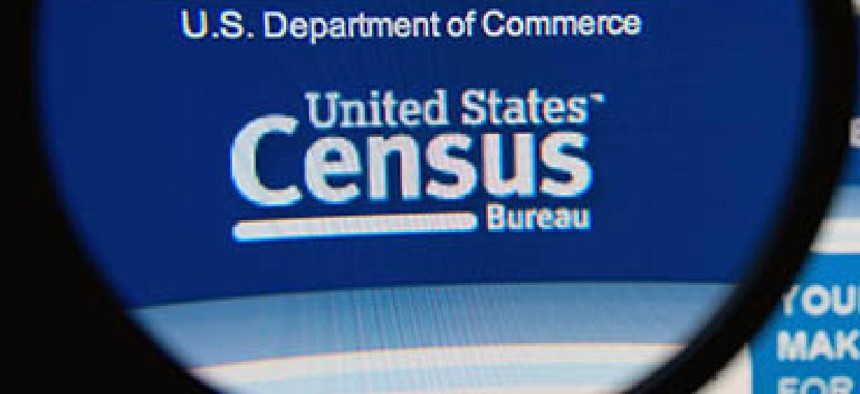Commerce: 2020 census to cost $3B more than planned

IT cost overruns and fears of low online response rates have contributed to a steep upward revision of the costs of counting the U.S. population in 2020.

The Census Bureau is retreating from a plan to save $5 billion in the 2020 Census.
The bureau had held out hopes for massive savings over the $17.5 billion in projected costs based on 2010 methodologies, but the agency had to revise its estimates. Technology cost overruns and fears of low online response rates have contributed to the steep upward revision of the costs of counting the U.S. population in 2020.
Now the Commerce Department is projecting that the decennial population count will cost $15.6 billion across its full lifecycle, according to an internal document obtained by FCW, up from an estimate of $12.5 billion. A Commerce spokesperson confirmed the new estimate. The new figure was first reported by the Washington Post.
The White House budget requested $800 million for the 2020 Census program in fiscal year 2018. Commerce Secretary Wilbur Ross is now expected to ask Congress for $987 million. The extra $187 million — plus an additional $50 million in contingency costs — is expected to fund IT costs and other decennial prep and testing for fiscal year 2018.
Terri Ann Lowenthal, who has provided census oversight as a congressional aide, presidential transition team member and private consultant on the decennial census dating back to the 1990 count, said the additional $187 million "could still be inadequate" to fully carry out all parts of the bureau's activities.
Watchdogs including Commerce's inspector general and the Government Accountability Office have repeatedly dinged Census in past years for its unreliable cost estimate.
The new estimate was put together in May by a task force -- including staff from Commerce and the Office of Management and Budget and outside consultants with prior Census experience -- convened by Ross.
Ross, who has repeatedly said a complete and accurate Census is a top priority, is expected to justify the new cost estimate to Congress at an Oct. 12 hearing.
The risks cited as cost drivers in the document of the roughly 25 percent budget increase include greater reliance on in-person enumerators, decreased online response due to government mistrust and cybersecurity concerns and the need to increase in-field staffing.
Self-response rates for September 2017 were 55 percent, the lowest in recent history and seven percentage points lower than the October 2015 test. The NAACP announced Oct. 6 it was suing the Commerce Department over distrust of an accurate count, in part due to fears of low self-response rates in minority communities.
The Commerce document also points to the ineffective planning, management and execution of major contracts and IT scale up plans, along with the lack of readiness of new IT investments and in-office canvassing procedures, as reasons for the higher cost.
The new estimate also includes 10 percent of estimated costs per years for contingency costs, for insurance against "unknown-unknowns, such as a major cybersecurity event."
Phil Sparks, co-director of the watchdog group the Census Project, said the early-decade estimate "a highly politically inspired miscalculation."
"I think they wished they could present to the public they could conduct a census that magically could cost the same by using new tech," he said, adding that Congress's consistent underfunding of the Census along the way helped result in the "sticker shock" cost increase.
The document states that Commerce will conduct weekly oversight reviews of the Census, and will also "require metric tracking and program execution status on a regular, real-time basis."
The bureau still lacks a permanent director, a Senate-confirmed position.
Sparks said the new estimate "should have a salutary effect" on finding a new director.
NEXT STORY: Do acquisition deadlines spur innovation?





